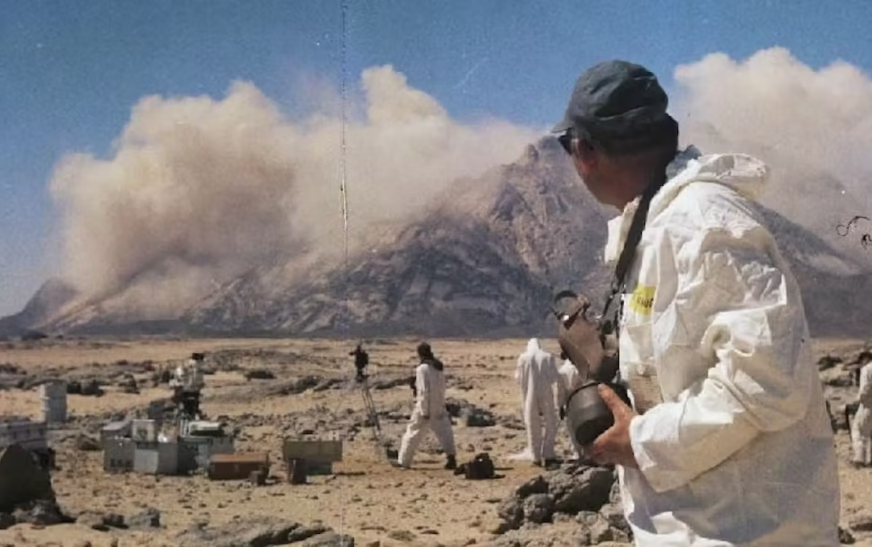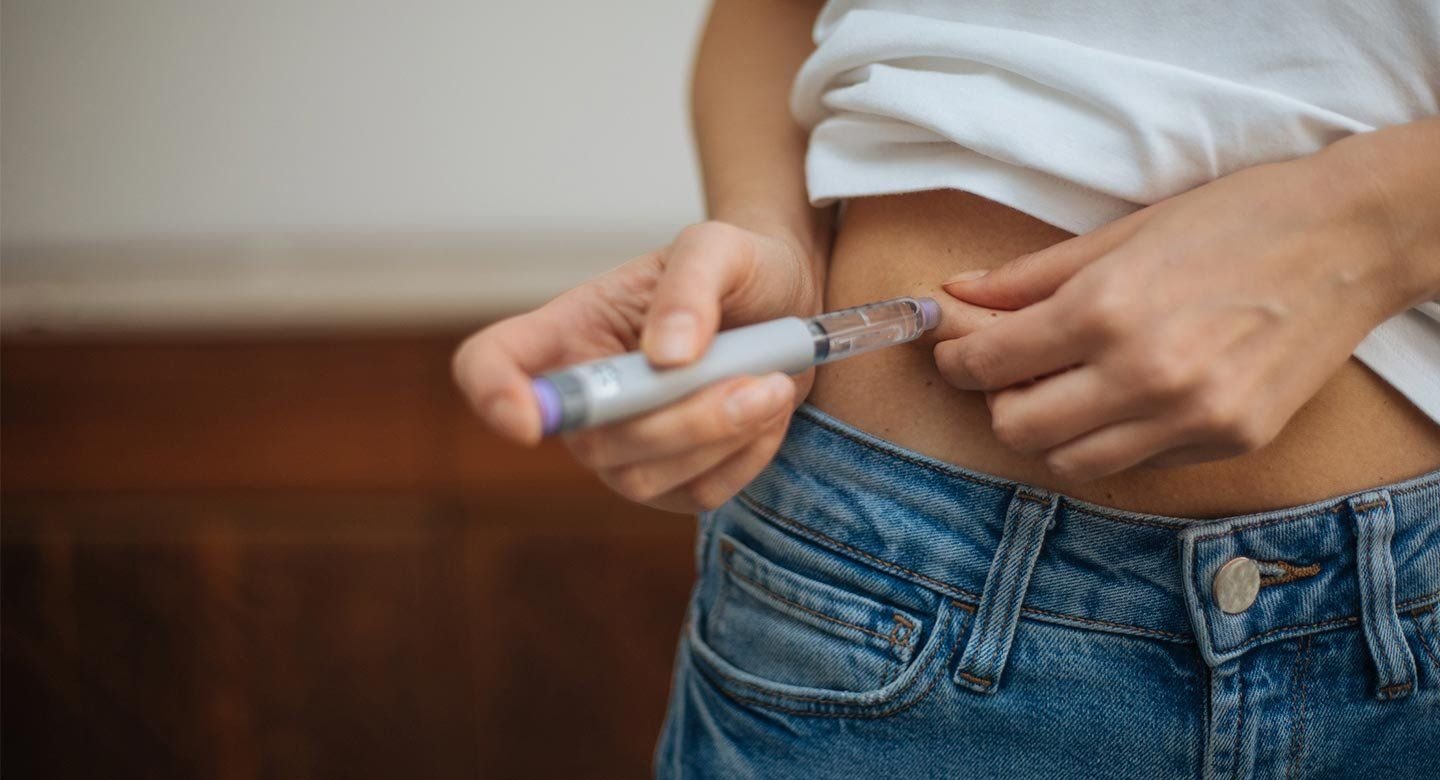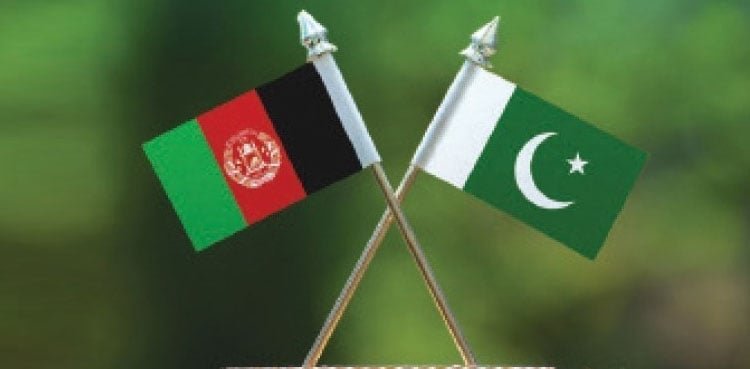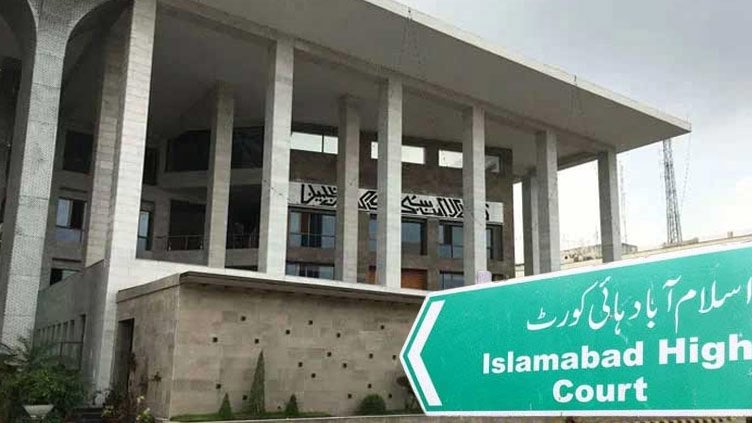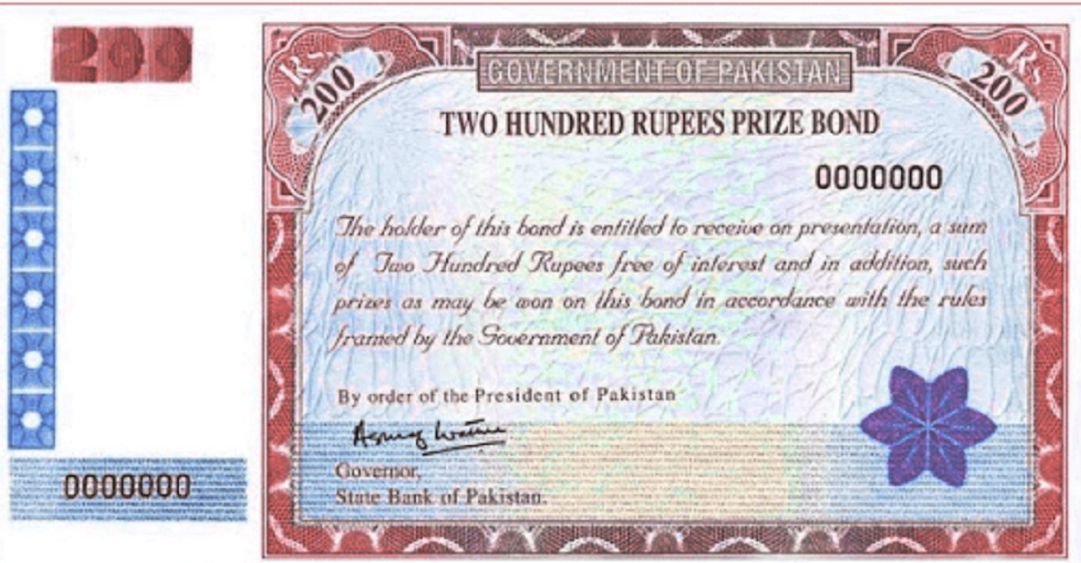Which Muslim country was used for France’s first nuclear explosion test?
On 13 February 1960 at 7:04:00 UTC, the First French plutonium bomb was exploded in Reggane, French-occupied Algeria. The command post was 16 kilometres away from the blast. In order to study the immediate effects, military equipment was placed at varying distances from the epicentre, while jets flew overhead to take samples of radioactive particles.
No journalists were allowed on site; instead, an eyewitness account was given to the French press, saying “the desert was lit up by a vast flash, followed 45 seconds later by an appreciable shock-wave”; an “enormous ball of bluish fire with an orange-red centre” gave way to the typical mushroom cloud.
With the code name of the experiment Gerboise Bleue, France became the fourth nuclear power, after the United States, the Soviet Union, and the United Kingdom. Before this test, there had been no nuclear detonations for 15 months. Gerboise Blue was by far the largest first test bomb up to that date, larger than the American “Trinity” (20 Kiloton), the Soviet “RDS-1” (22 Kiloton), or the British “Hurricane” (25 Kiloton).
As the atomic yield of a new bomb design cannot be precisely predicted, the French army planned an explosion between 60 and 70 kilotons. Gerboise Bleue was a total success, yielding the full designed power. However, because of the bomb’s irregularly high yield, some experts believe that the bomb may have been “overfilled with plutonium to assure success.
According to Lieutenant Colonel Warner D. Farr in a report to the USAF Counterproliferation Centre, “Progress in nuclear science and technology in France and Israel remained closely linked throughout the early fifties.” Furthermore, according to Farr, “There were several Israeli observers at the French nuclear tests and the Israelis had ‘unrestricted access to French nuclear test explosion data.
Initial monitoring reported a radiation dose of 10 rad/h at 0.8 km from ground zero one hour after the blast, 10 rad/h at 28.5 km, and 3 rad/h at 570 km. Monitoring at Fort Lamy (now N’Djamena), around 2,400 km from the Reggane Algerian site.
For decades, documentation of the Gerboise tests remained heavily classified by the French government. The Ministry of the Armed Forces had maintained that the radioactive effects on humans present at the site would be “weak” and “well below annual doses. However, persons present at the site have since stated that protection gear was extremely minimal at the time of testing.
In addition, ex-military officers have come forward with stories of being used as test subjects to study the effects of nuclear radiation on humans. Immediately following the explosion of Gerboise Verte, soldiers were sent within a 1 km radius of the explosion site, where they practiced combat exercises and drove tanks around the area. In total, these subjects were exposed to high levels of radiation for three hours. Following the exercises, the soldiers stated that they were given showers as the only means of decontamination.
Read also: Trump to Modi: War with Pakistan should never happen

